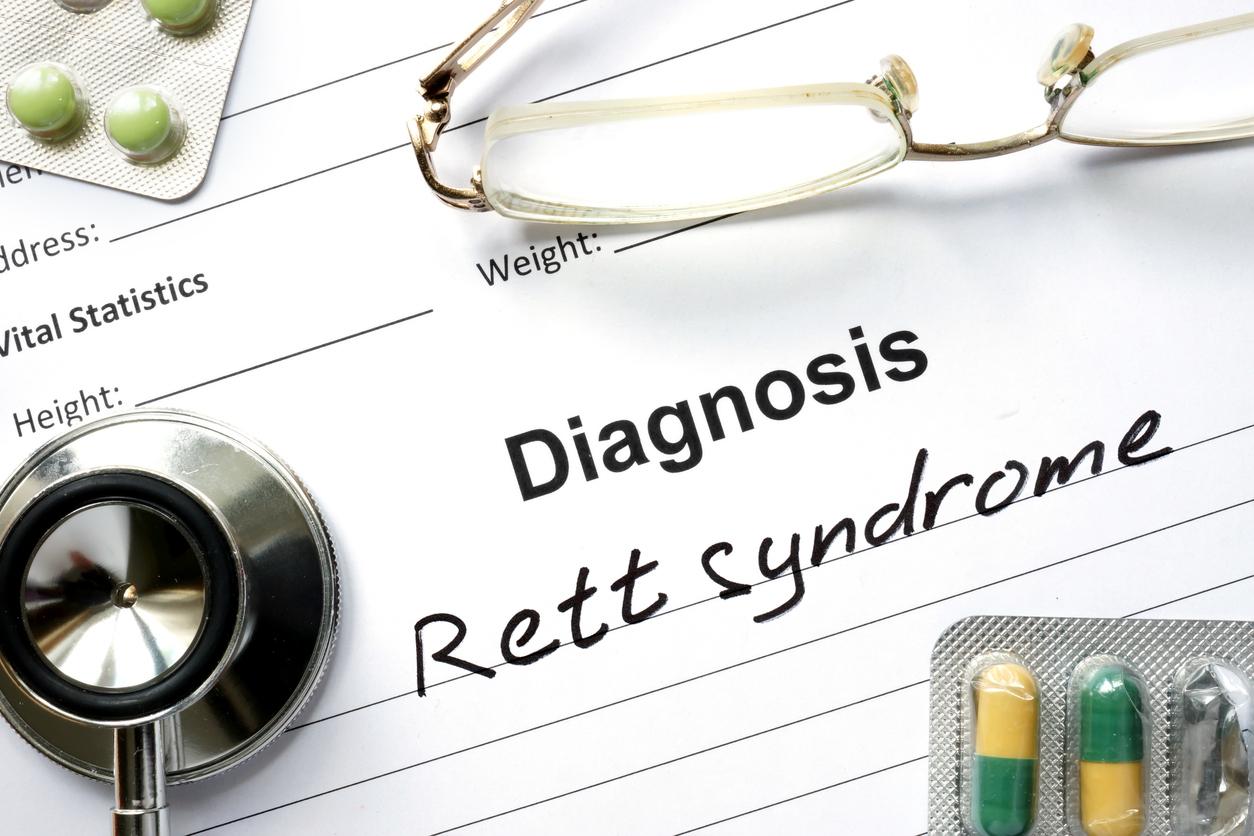Osteoporosis is a bone disease that affects nearly one in three women after menopause. A high female frequency that makes us forget that osteoporosis can also develop in men.

- Osteoporosis is a bone disease that mainly affects women after menopause.
- Nevertheless, men are not spared: on average, 2 out of 5 individuals affected by the disease are men.
- Certain treatments to treat osteoporosis are reimbursed for women but not for men.
Osteoporosis is a bone disease characterized by an accelerated decrease in bone density. This leads to skeletal fragility with bones that can easily break. Women are the predilection victims of this pathology, since it is two to three times more frequent among them than among men. “The reasons are multifactorial, advances Professor Bernard Cortet, rheumatologist at the University Hospital of Lille. Especially because there is an event in your fifties called menopause which plays an important role. But also because the skeletal parts of women are smaller than those of men.”
About 40% of people with osteoporosis are men
The disease is not negligible in humans. “To give you an idea, if we take five people with osteoporosis, there will be three women and two men.”, underlines the specialist. “Gender balance tends to be achieved as one ages.”
Thus for men, age-related osteoporosis occurs later, after 65 years, while for women, the risks increase from the age of fifty.
Osteoporosis in men: different causes than in women
“In humans, there are major risk factors: tobacco, alcohol, chronic bronchitis. There are also a number of pathologies that can affect both sexes but perhaps a little more men, such as HIV”, explains Professor Bernard Cortet. The expert also explains that the younger the man with osteoporosis, “the more it is necessary to dig the etiological assessment in search of secondary osteoporosis even if they are rare, such as: mastocytosis, celiac disease, etc.”.
If the treatments that work for women must also be effective for men before being put on the market, there are some that are not reimbursed for men. This is particularly the case with denosumab (Prolia). “The scope of reimbursement for Prolia is limited to the treatment of post-menopausal osteoporosis in patients at high risk of fractures, only as 2nd intention after treatment with bisphosphonates”, specifies health insurance.


















